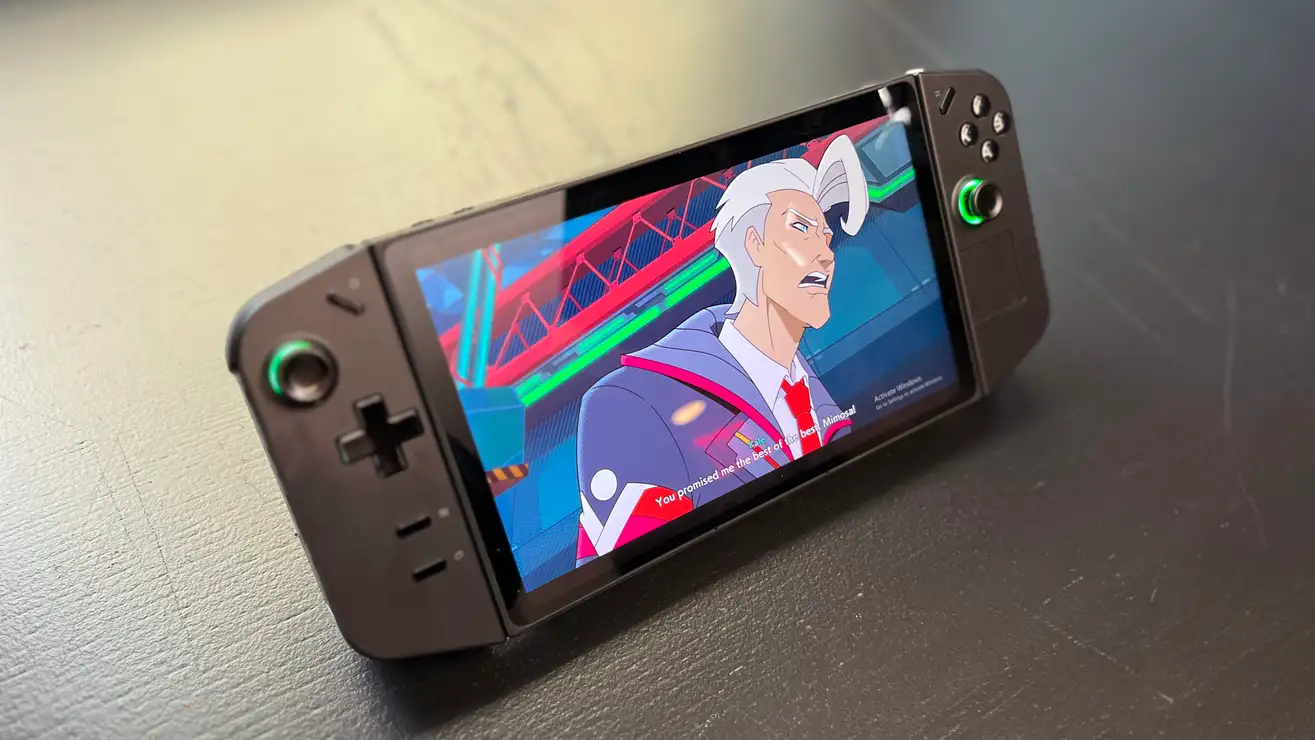For years, the concept of playing full-fledged PC games right in the palm of your hand has been the stuff of dreams for avid PC gamers. While there were some expensive specialty machines that could achieve this, or the ability to attempt to stream games to a handheld via services like GeForce Now, they never quite reached mainstream availability.
| Lenovo Legion Go | Valve Steam Deck | |
| Screen size | 8.8-inch | 7.0-inch |
| Screen resolution | 2560×1600 | 1,280×800 |
| Screen refresh rate | 144Hz | 60Hz |
| CPU/GPU | AMD Ryzen Z1 Extreme with AMD RDNA Graphics | AMD Zen 2 with AMD RDNA Graphics |
| RAM | 16GB 7500Mhz LPDDR5X | 16GB LPDDR5 |
| Storage | 256GB / 512GB / 1TB | 64GB / 256GB / 512GB |
| Battery | 49.2WHr | 40Whr |
| OS | Windows 11 Home | SteamOS |
| Expandability | microSD | microSD |
| Starting price | $699 | $399 |
Then, in February 2022, in the gaming-changing month of February 2022, Valve, the famous owner of the popular PC gaming platform Steam, unveiled a game changer – the Steam Deck. It was undeniably large and somewhat clunky, with some limitations in the range of games it could run smoothly. However, it gave gamers the ability to enjoy most, if not all, of their Steam games on a compact 7-inch screen. It didn’t stop there with the genius creativity of the players; they found ways to play games from other launchers like Xbox Game Pass and Epic Game Store. As a result, the Steam Deck developed into a cult sensation that consistently sold out during its first months on the market.
Subsequently, the gaming industry witnessed trailers and leaks that hinted at similar revolutionary devices. Asus Ally turned heads by taking inspiration from the Steam Deck aesthetic and refining its design to be sleeker and more sophisticated. Unlike Valve’s proprietary SteamOS, it ran on Windows 11 and offered a more versatile gaming experience. Notably, it boasts an improved display and a more powerful CPU/GPU combination, which takes the portable gaming experience to a new level.
Now Lenovo has entered the scene with its offering: the brand new Legion Go. This innovative device takes it up a notch and combines the most popular features from various handheld gaming devices. It inherits one of the Steam Deck’s trackpads (though not the dual-trackpad configuration), mirrors the Asus Ally’s Windows 11 functionality, and features detachable controllers reminiscent of the Nintendo Switch. During my brief hands-on experience with the system, it left a distinct impression of combining features borrowed from various gaming devices.
Personally, what excites me most about the Legion Go is its larger 8-inch screen, which boasts a remarkable 144Hz refresh rate and an impressive 2560 x 1600 resolution. In stark contrast, the Steam Deck’s display is limited to 1280 x 800 pixels and runs at 60Hz. Legion Go promises a visually immersive gaming experience that rivals and potentially surpasses many traditional gaming setups.

